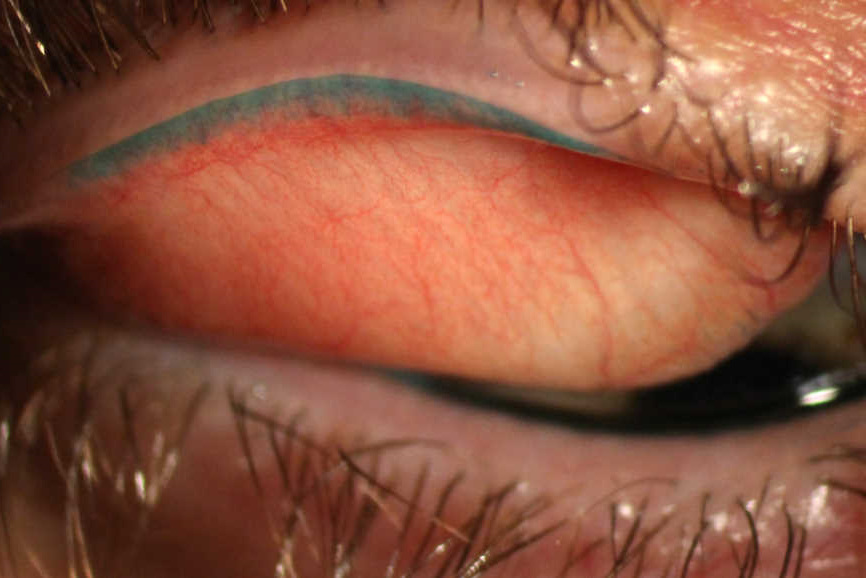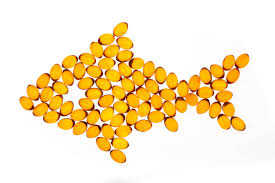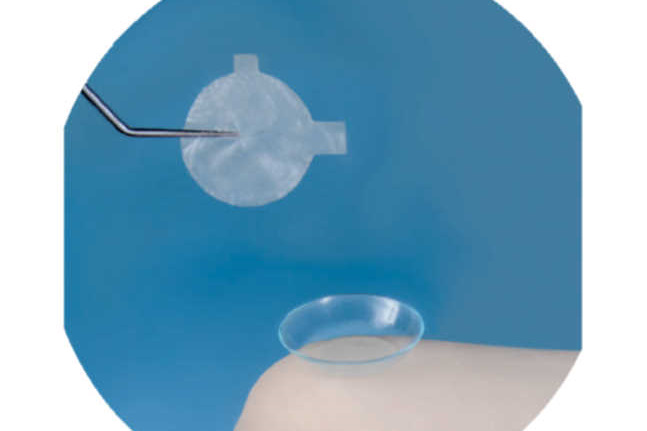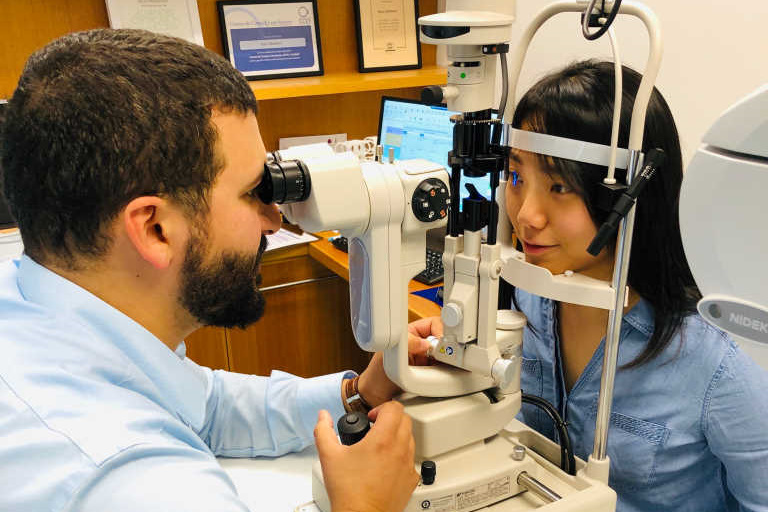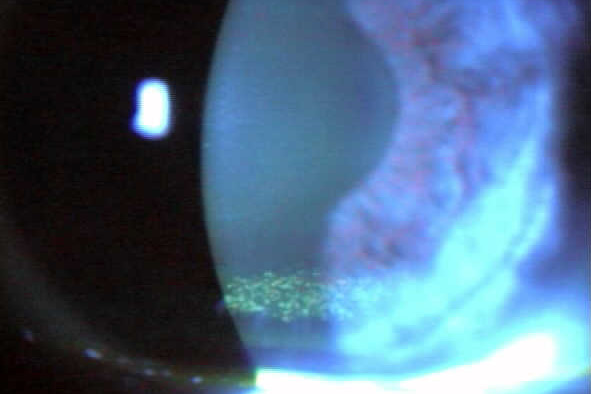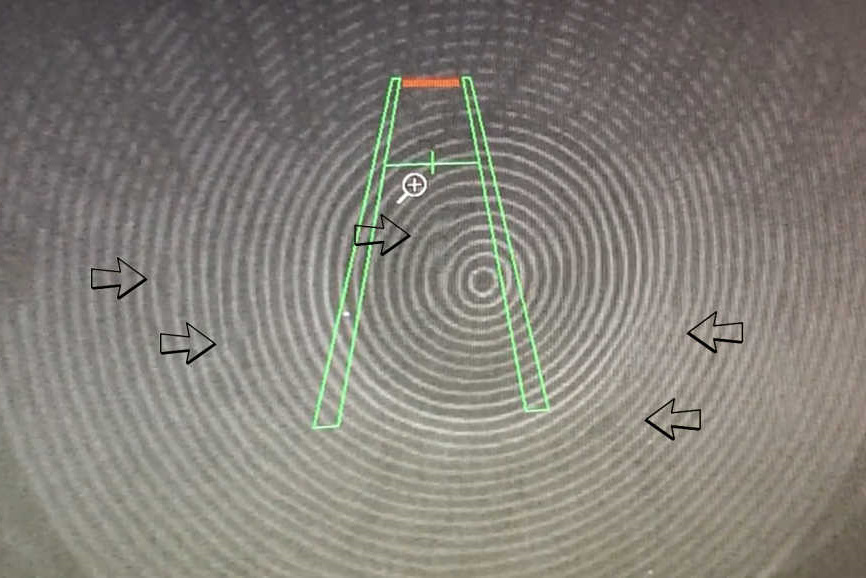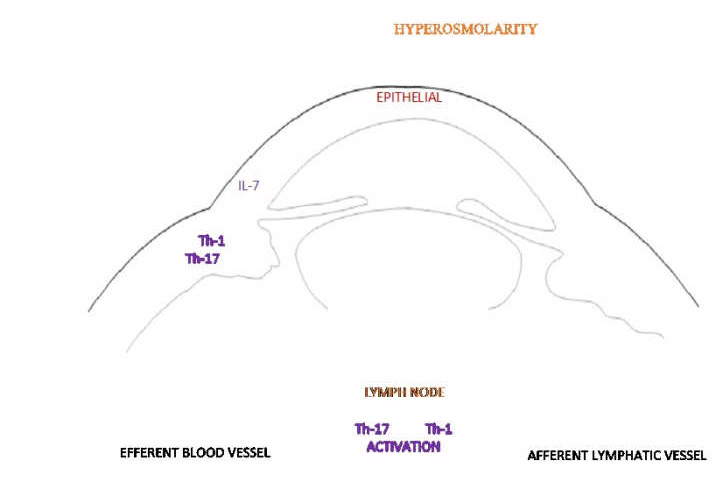OSL: LWE trumps corneal staining for DED
Ocular surface staining is an indicator of epithelial compromise and forms part of the global consensus TFOS DEWS II dry eye diagnostic criteria. Corneal staining has traditionally been regarded as a marker of dry eye severity, while the assessment of lid wiper epitheliopathy (LWE) through staining has more recently gained traction.
A recent study conducted by the University of Auckland’s Ocular Surface Laboratory compared the discriminative ability of lid margin and corneal staining in detecting dry eye disease.
The prospective, investigator-masked, diagnostic accuracy study recruited a total of 552 participants. The results showed the diagnostic ability of superior and inferior lid margin staining were similar (C-statistic = 0.71 and 0.69, respectively), but significantly greater than either sodium fluorescein or lissamine green corneal staining (C-statistic = 0.56 and 0.52, respectively). Subgroup analysis showed that lid margin staining was more commonly observed than corneal staining, irrespective of dry eye severity. Moreover, significant correlations with clinical dry eye signs and symptoms were observed across a broader range of disease severity for lid margin than corneal staining.
Overall, the findings would support the incorporation of lid margin staining into dry eye assessment routines and add further weight to the hypothesis that lid margin staining is a more sensitive and earlier clinical sign in the natural history of dry eye disease than corneal staining.
The study was presented at the RANZCO New Zealand Branch Annual Scientific Meeting in May and published in Clinical and Experimental Ophthalmology.
Reference
Wang MT, Dean SJ, Xue AL, Craig JP. Comparative performance of lid wiper epitheliopathy and corneal staining in detecting dry eye disease. Clin Exp Ophthalmol. 2019;47(4):546-548.










